Tamron 28-75 mm f/2.8 Di III RXD
7. Coma, astigmatism and bokeh
| Center, 28ámm, f/2.8 | Corner APS-C, 28ámm, f/2.8 | Corner FF, 28ámm, f/2.8 |
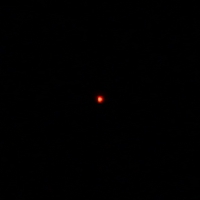
|
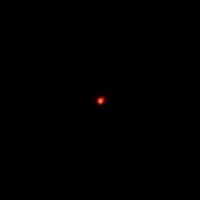
|
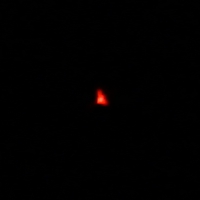
|
| Center, 50ámm, f/2.8 | Corner APS-C, 50ámm, f/2.8 | Corner FF, 50ámm, f/2.8 |
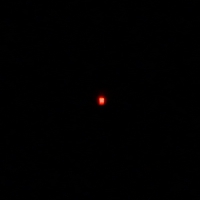
|
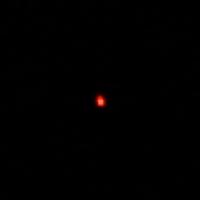
|
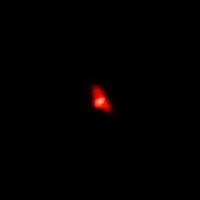
|
| Center, 75ámm, f/2.8 | Corner APS-C, 75ámm, f/2.8 | Corner FF, 75ámm, f/2.8 |
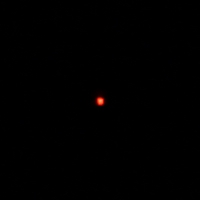
|
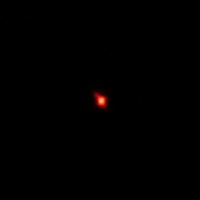
|
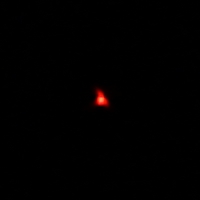
|
Astigmatism, understood as an average difference between vertical and horizontal MTF50 values, amounted to 6.9% and its level can be described as slight. It's also worth adding that the 75 mm focal length contributed the most to that average value as in its case astigmatism was noticeably higher than in the 28-50 mm range.
Please Support UsIf you enjoy our reviews and articles, and you want us to continue our work please, support our website by donating through PayPal. The funds are going to be used for paying our editorial team, renting servers, and equipping our testing studio; only that way we will be able to continue providing you interesting content for free. |
- - - - - - - - - - - - - - - - - - - - - - - - - - - - - - - - - - - - - - - - - - - - - - - -
One glance at defocused circles of light and you know that there are apherical elements present in the construction. Most probably they are responsible for noticeable onion ring bokeh. You can also have some reservations concerning distinct mechanical vignetting – you can't get rid of it completely even on stopping down the aperture to f/5.6.
| Center, 75ámm, f/2.8 | Corner APS-C, 75ámm, f/2.8 | Corner FF, 75ámm, f/2.8 |
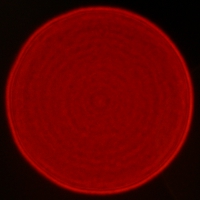
|
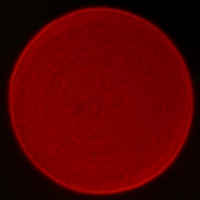
|
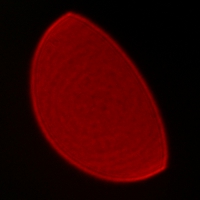
|
| Center, 75ámm, f/4.0 | Corner APS-C, 75ámm, f/4.0 | Corner FF, 75ámm, f/4.0 |
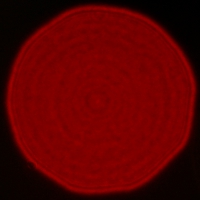
|
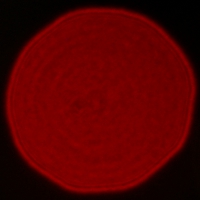
|
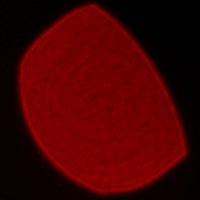
|
Center, 75ámm, f/5.6 | Corner APS-C, 75ámm, f/5.6 | Corner FF, 75ámm, f/5.6 |
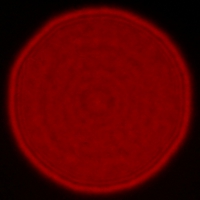
|
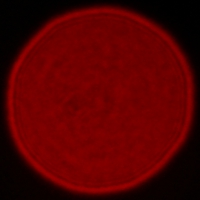
|
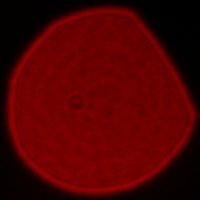
|






